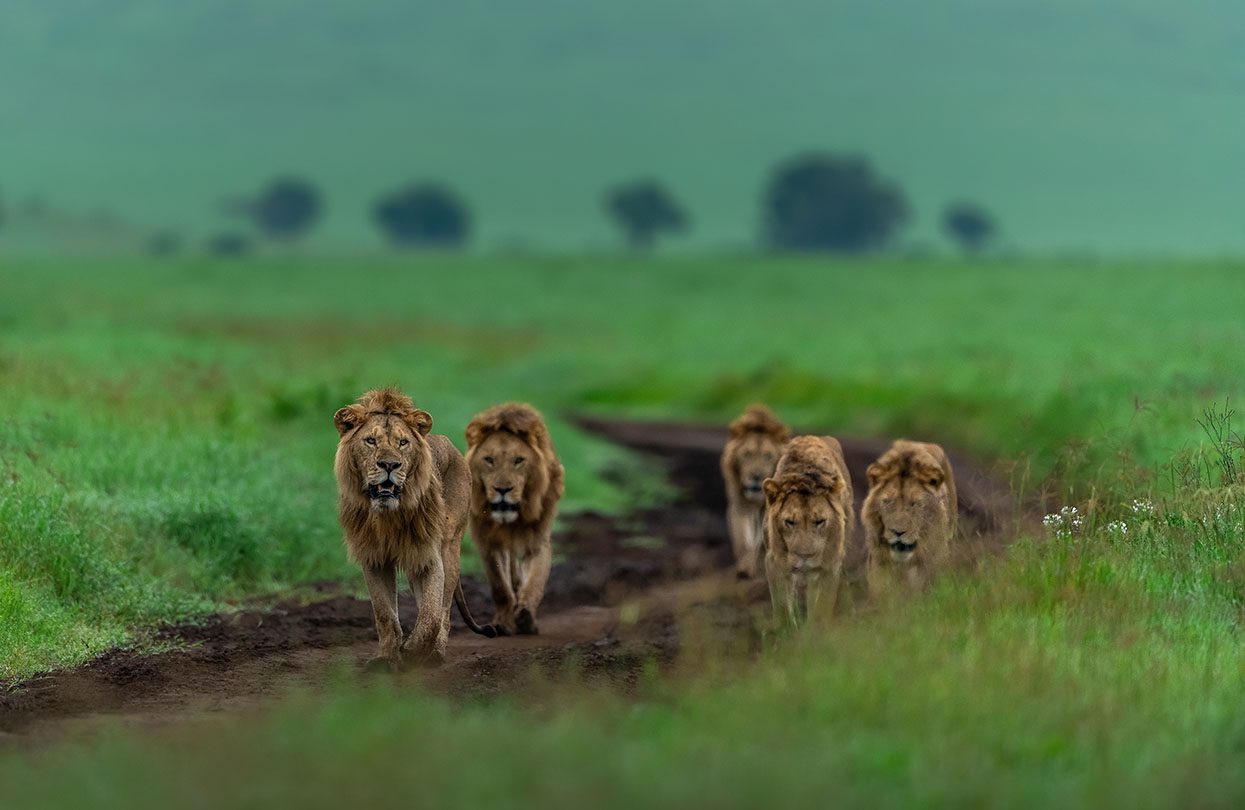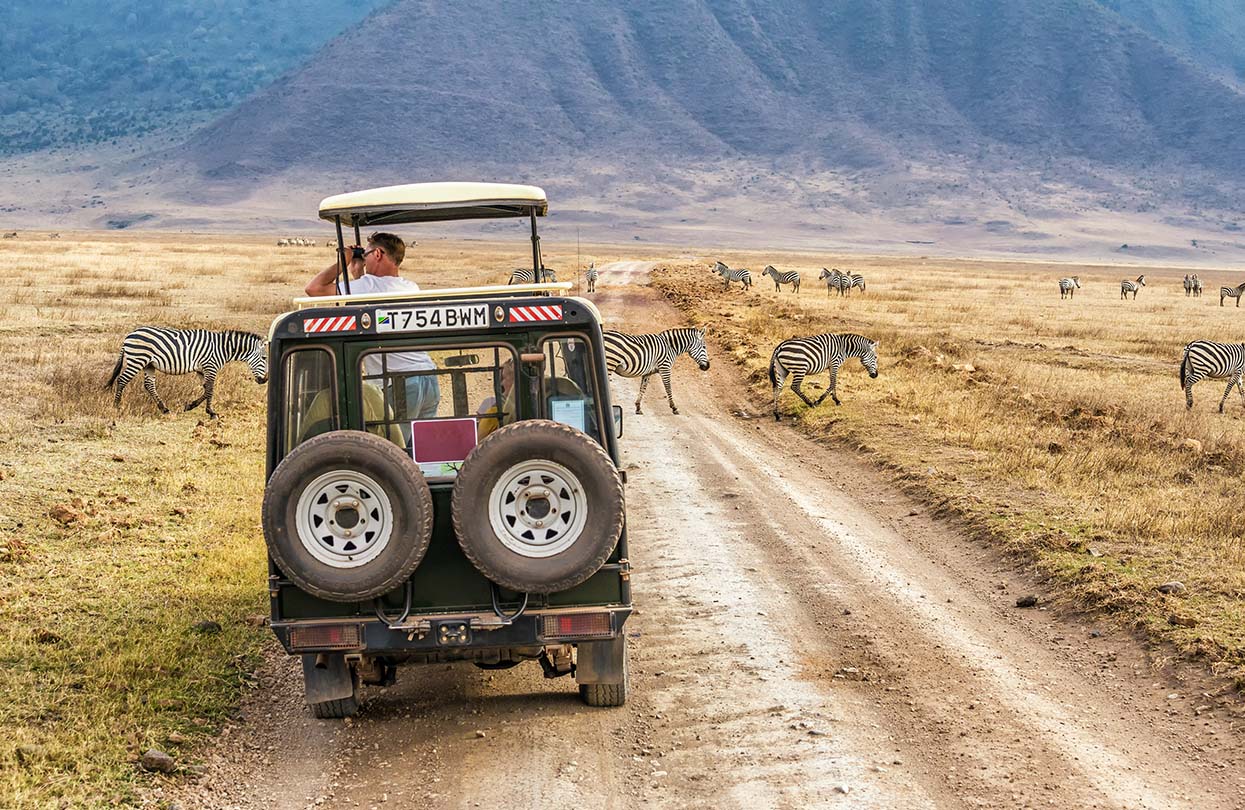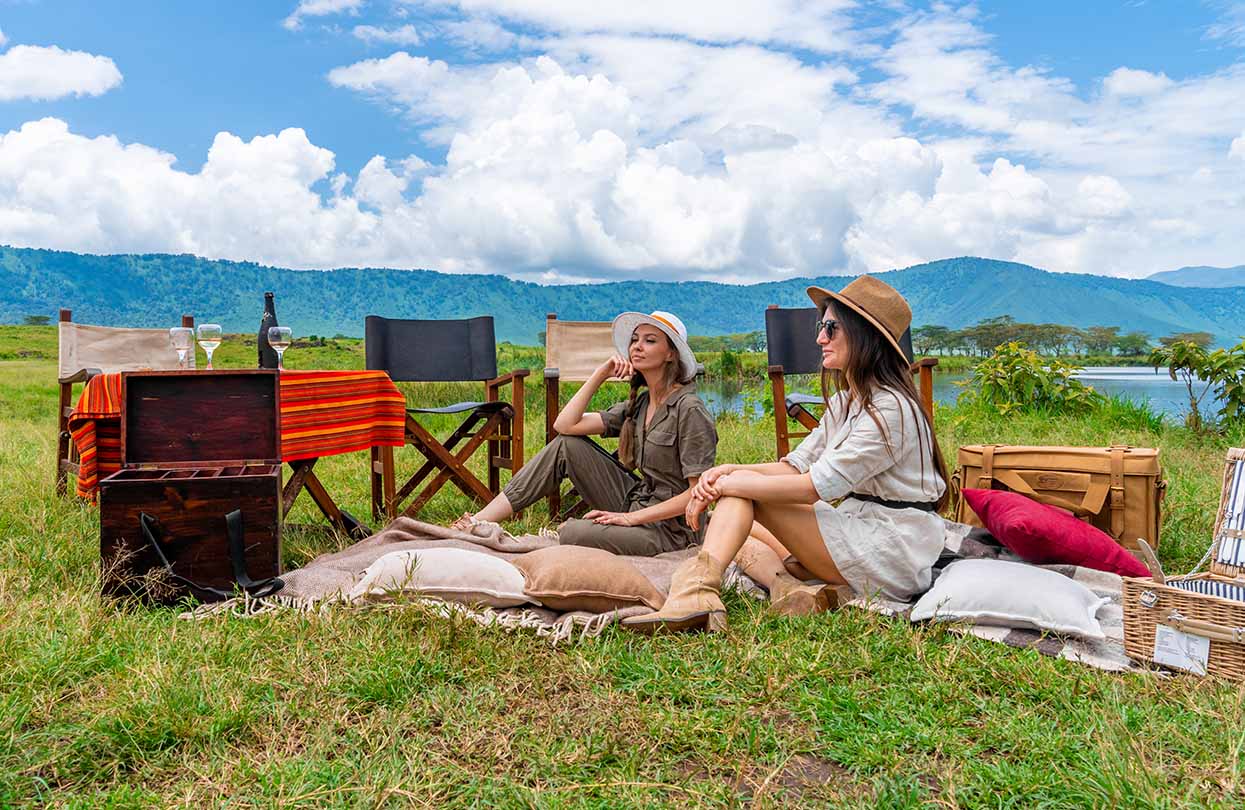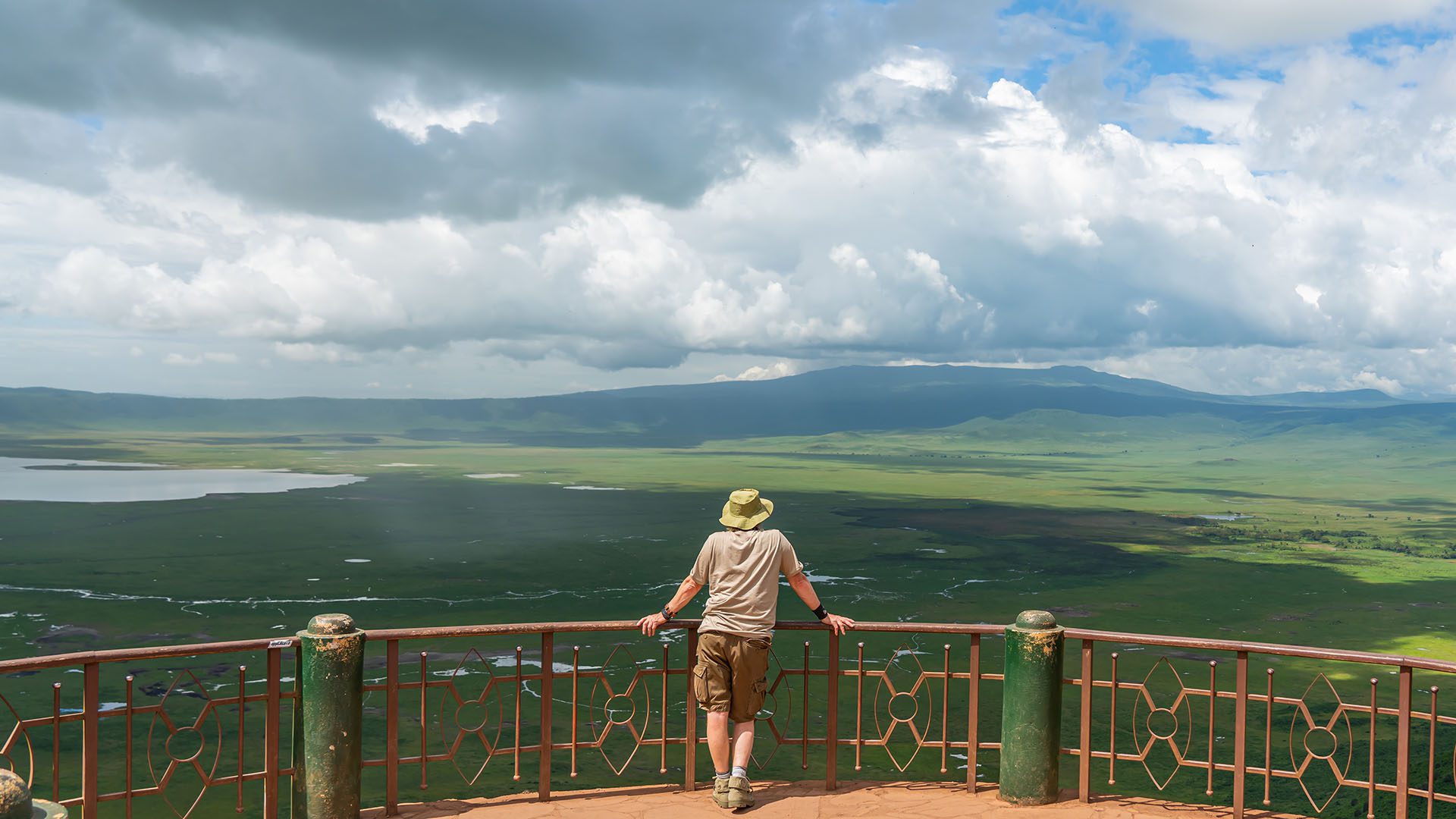|
Listen To Article
|
Ngorongoro Crater Safari: The Best Luxury Lodges, Wildlife & Experiences. Some places ask to be admired. Others ask to be felt. Ngorongoro does both—and then, with the gentlest hush of wind through mossy forest, it asks you to pause. To look again. And to truly listen.
Perched over 2,000 meters above sea level in Tanzania’s mist-shrouded highlands, the Ngorongoro Conservation Area isn’t just a wildlife sanctuary—it’s a world suspended between the elemental and the extraordinary. Here, the altitude quiets your pulse. The air tastes different. And the rhythms of nature—whether a lion’s slow prowl across the crater floor or the smoke rising from a Maasai hearth—feel ancient, deliberate, almost sacred.
I stayed for six days. And that still didn’t feel like enough.
How to Plan a Luxury Safari in Tanzania’s Ngorongoro Crater
At the heart of it all is the Ngorongoro Crater—the world’s largest intact volcanic caldera. Formed nearly three million years ago, it’s a natural amphitheatre of staggering biodiversity. Black-maned lions, rare black rhinos, flamingos, elephants, cheetahs—they all coexist in this lush bowl of life, encircled by sheer cliffs that rise like cathedral walls.
From my suite at Crater’s Edge, perched along the quieter northeastern rim, I watched the light shift across the crater floor each morning through the mist. Telescopes on my private deck brought the wildlife in close: a pair of elephants silhouetted against the morning haze, a lioness reclining under acacia shade.
But it was the silence that most surprised me. The kind that isn’t empty, but full—of anticipation, of life, of something eternal.
The New Luxury: Sustainable, Soulful, and Slow
This isn’t the old model of safari tourism. Ngorongoro’s high-altitude lodges—like Lemala Osonjoi, the region’s first luxury opening in over a decade—are reshaping what luxury means in East Africa. Here, five-star isn’t loud or showy. It’s low-impact, high-altitude, and deeply connected to the land.
At Lemala, set 2,500 meters above sea level, my suite opened onto rolling mists and silence broken only by birdsong. With just 20 suites and a commitment to sustainability, the lodge operates like a private retreat. The food—organic, local, exquisitely plated—was served by a crackling fire. One night, dinner arrived with a bottle of South African Shiraz and a story about how the chef learned to cook in a Maasai household. It was the kind of detail that lodges here cherish: food not just as fuel, but as narrative, culture, memory.
Luxury Safari Guide to Ngorongoro Crater, Tanzania’s Alpine Wonder
Ngorongoro’s charm lies in its ability to stretch time. Game drives here aren’t rushed. On my second day, I descended into the crater at dawn—coffee flask in hand, wrapped in a wool shawl—to catch the early light. My guide turned left at the junction most safari vehicles bypass and led me into the crater’s northeast quadrant. For hours, we didn’t see another jeep.
We tracked lion prides in golden grasses. Saw hippos lounging in warm mud. A black rhino crossed our path, its gait ponderous, prehistoric. “He’s one of only a few dozen left here,” my guide whispered. “And he knows it.”

Lions patrolling their territory at Ngorongoro crater, Image by Som Moulick, Shutterstock

Zebra spotting in Ngorongoro conservation area, Image by Nick Fox, Shutterstock
Later that day, I picnicked on the crater floor under a shaded awning, gourmet lunch spread beside me, wildebeest grazing not thirty feet away. That was the luxury. Not just the food—but the moment. The stillness. The sense that I was part of something bigger, older, and deeply alive.
Beyond the Vehicle: Experiences That Shift You
What sets Ngorongoro apart from other safari destinations is how it invites you to move differently—on foot, on horseback, even in the air.
One morning, I hiked the crater rim with a Maasai naturalist. We wandered through moss-draped forests, stopping to smell medicinal plants, to listen to birdsong, to trace animal prints in the soft red soil. He told me about his grandmother, who still treats fevers with bark extracts, and how the rhythm of walking is its own kind of prayer.
Another morning, I rose before dawn for something even rarer: a hot air balloon flight over the crater. As the burner roared and we lifted slowly into the mist, the earth fell away—revealing wildebeest trails etched into the grass, rivers meandering like silver threads, elephants moving like shadows. We landed in a clearing and were greeted with champagne and a breakfast spread fit for royalty.
These weren’t just experiences. They were memories carved deep.
Culture with Intention
Ngorongoro is not just wilderness—it’s home. To wildlife, yes, but also to Maasai communities whose lives are entwined with the land.
At a neighbouring village, I joined a small group led by Maasai elders and naturalists. No staged dances, no curated performances—just quiet storytelling. I learned how the community rotates grazing grounds seasonally. How young boys learn to read animal tracks before they learn to write. One elder told me that lions teach patience. That buffaloes teach courage. And that tourism, done right, is a partnership—not an intrusion.
Designing the Perfect Stay at Ngorongoro
For those planning their journey, here’s my advice: go slow. Ngorongoro is not a place to rush through. Stay for at least three nights—six if you’re combining with the Serengeti or Tarangire.

A picnic at Ngorongoro crater, Image by Pandora Pictures, Shutterstock
Opt for private game drives in the less-visited northeast quadrant. Choose lodges that prioritize sustainability and storytelling—like Crater’s Edge, with its tented suites and copper bathtubs, or &Beyond Ngorongoro Crater Lodge, where private butlers draw rose-petal baths and crater-view dinners unfold like theatre.
And if you can, add one extraordinary moment: a crater-floor banquet. On my final night, I dined under lanterns, a table set among fever trees. There were grilled prawns, spiced lentils, local greens. Dessert was poached pear with honey from a village nearby.
It was quiet. Stars emerged overhead. And I felt, more than ever, that this was a place that reshapes you.
Into the Mist: My Stay in Ngorongoro’s Forgotten Highlands
Ngorongoro is not just a destination. It’s a compass for what travel can be: slow, immersive, conscious, and unforgettable. It balances the grandeur of the natural world with the intimacy of human connection—between cultures, between generations, between traveller and land.
I came for the wildlife. I left with something deeper: a sense of humility, of awe, and of immense gratitude.
And I can’t wait to return. ◼
Subscribe to the latest edition now by clicking here.
© This article was first published online in Jul 2025 – World Travel Magazine.



